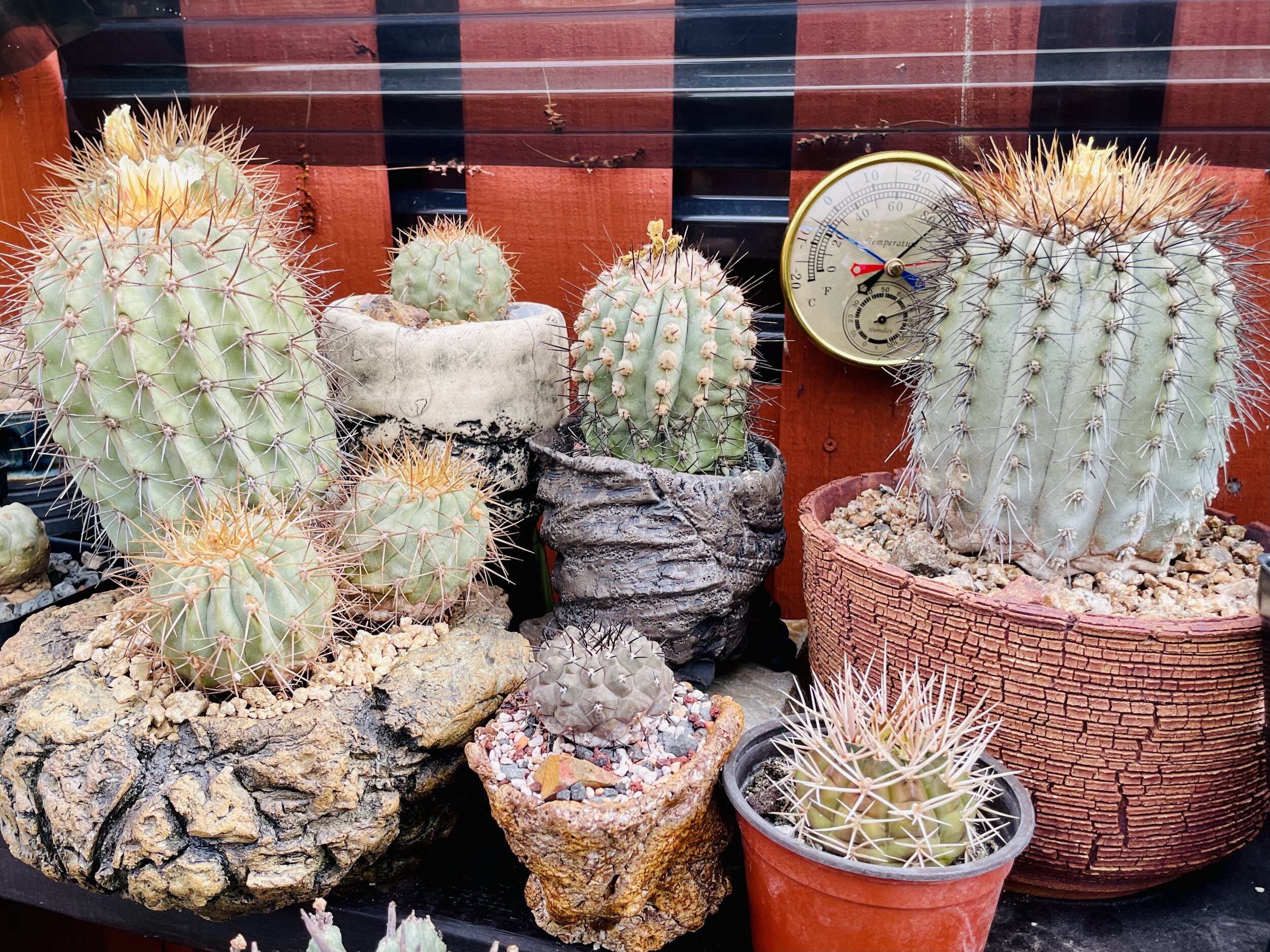How to care for copiapoa?
The genus Copiapoa seems to be at the top of everyone’s wishlist nowadays. Plants like the almighty Copiapoa cinerea have become hot commodities that are seemingly impossible to find, and the social media cactus-craze is fueling the fire.
But with so many beginner collectors currently lusting and searching for these plants, I thought I’d try to put as much information that I have learned about these wonderful plants as possible into this brief cultivation guide to hopefully help some of you keep your new babies alive.
As with any and all plants your specific climate and conditions will affect Copiapoa cultivation, so you will need to experiment for yourself as there are never any one size fits all solutions. With that in mind, there are some aspects which could be considered somewhat universal (to an extent).
Soil
Cacti and succulents, in general, prefer nutrient-deficient soil and growing mediums that can drain almost immediately. They have evolved over thousands of years to survive drought, and have become highly efficient at taking advantage of even the smallest amounts of moisture in very short periods of time. As you can imagine, this skill is very useful if you live in the driest place on earth, where the only moisture comes from “La Camanchaca” - the dense coastal fog which nurtures the few plants strong enough to survive on the Chilean coastline. For this reason, we recommend mostly inorganic and mineral potting mixes like our South American cactus soil. Using the correct potting soil will not only help keep your plants from rotting if you were to make a mistake watering too soon, but will also help keep your cultivated plants growing more compact and producing more farina (white waxy coating) like plants found in habitat.
Light
Like most cacti and succulents, members of the genus Copiapoa love plenty of hours of light exposure. 8-10 hours per day is considered “optimal” but that 2 extra hours will make all the difference when it comes to growing more compact plants that bloom throughout the growing season. The light must be filtered (I personally use a single layer of mosquito net), as plants will only accept direct sunlight during the morning hours without being scorched. It’s important to keep in mind that as with any plant, Copiapoa should be acclimated to optimal sunlight exposure over time and that the change should never be abrupt. A newly acquired or freshly potted plant should be placed in 50% filtered sunlight, not watered and allowed to acclimate over 1-2 months. Yes, they can take it :)
“The light must be filtered (I personally use a single layer of mosquito net)”
Water
The single most daunting aspect when it comes to Copiapoa cultivation is water, but I have purposely placed it last because I believe that if the soil and light exposure are correct, you can get away with making mistakes when it comes to watering and your plants will be more forgiving. For example: if your plants are only receiving 6 hours of sunlight per day, you may still run into trouble when watering if your soil mix contains too much organic content.
My plants receive 10 hours of filtered sunlight every day, are potted in 80% inorganic content and I water them once each 3 weeks during the springtime with rainwater (Small seedlings may need water once every 2 weeks or even 1 week depending on size). I stop watering at the end of June and then only lightly mist my plants once a week in the afternoons, until the fall. During fall I will lightly water once each 3 weeks and during winter I will not water at all once temperatures dip under 75 Fahrenheit.
Disclaimer: Yes, you can probably water Copiapoa more often and use more organic content and make them grow a tiny but slower, but be aware that the form and appearance of the plants will not be the same as those grown under the right stress conditions. Plants grown in more organic content and watered more frequently will show greener colors, more elongated bodies, and spines that are less dense than those of plants grown under higher solar radiation and increased hydric stress. I hope this answered some of your questions, and stay tuned for more on Copiapoa on our Youtube channel.



